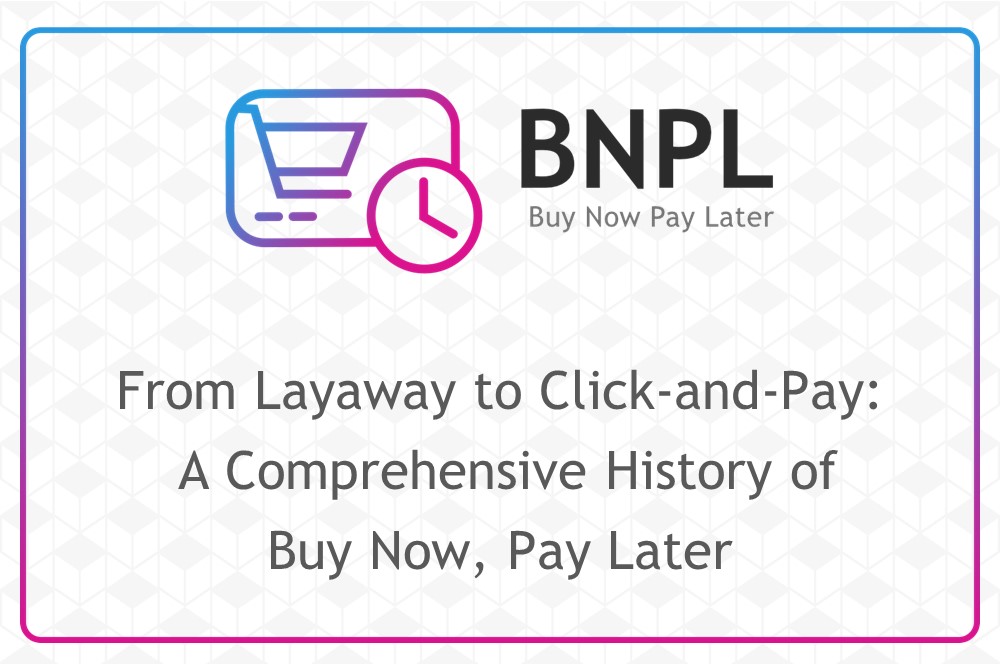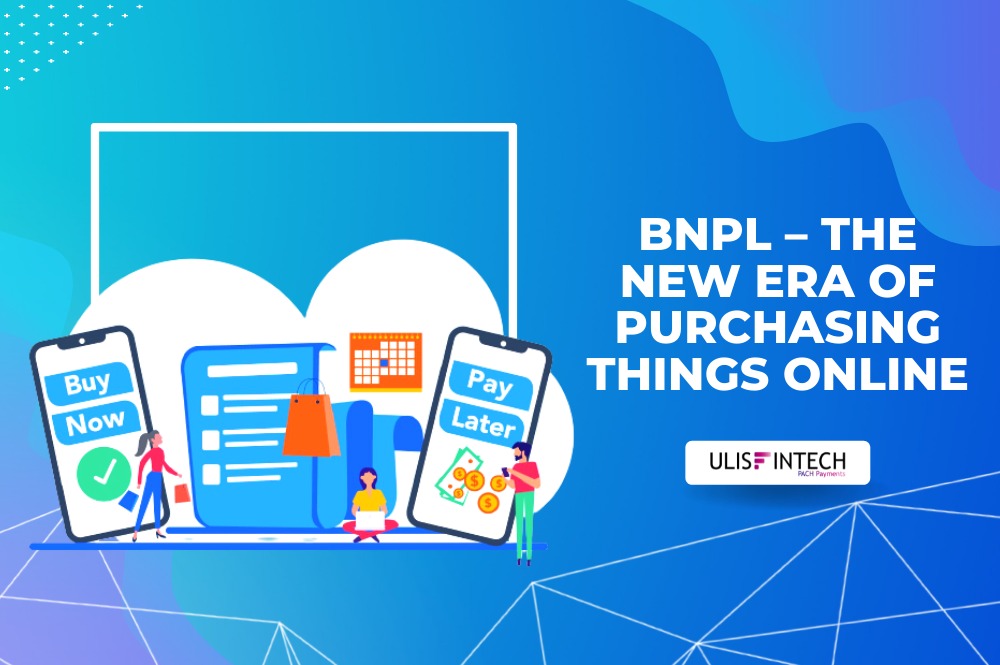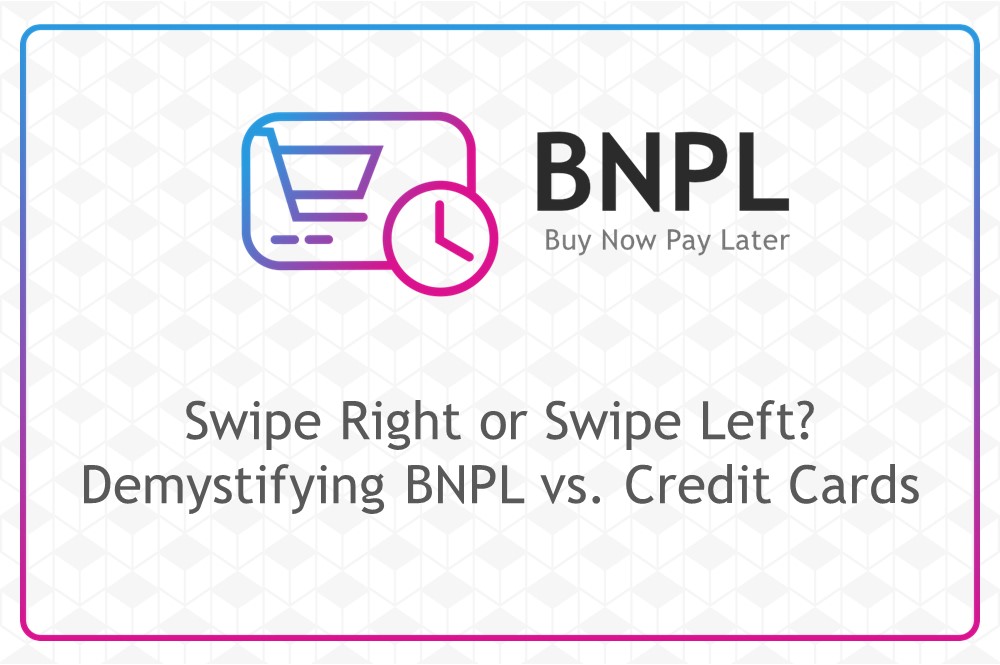From Layaway to Click-and-Pay: A Comprehensive History of Buy Now, Pay Later
Jul 05, 2024 - 2 MINS READ

The "Buy Now, Pay Later" (BNPL) payment option has become a ubiquitous presence in the online shopping world. But the concept of spreading out payments for purchases isn't new. Let's delve into the fascinating history of BNPL, tracing its evolution from traditional layaway plans to the digital revolution of today.
Early Beginnings: Layaway and Instalment Plans (1800s - Mid-20th Century)
The concept of BNPL can be traced back to the 19th century with the emergence of layaway plans. Department stores offered customers the option to pay for an item in instalments over time, holding the item until the final payment was received. This allowed individuals with limited budgets to acquire desired goods.
Instalment loans also gained traction in the early 20th century. Furniture stores and appliance retailers offered financing options through which customers could make smaller payments over a set period, eventually owning the item upon completing the loan.
The Rise of Credit Cards and the Decline of Layaway (Mid-20th Century - 1980s)
The invention of the credit card in the 1950s revolutionized consumer credit. Unlike layaway plans which required upfront payment, credit cards offered a revolving line of credit, allowing consumers to make purchases and pay them off later. The convenience and widespread acceptance of credit cards led to the decline of layaway plans in many retail sectors.
The Dawn of Modern BNPL: Charge Cards and Retail Financing (1980s - 2000s)
While credit cards dominated the consumer credit landscape, niche BNPL options emerged. Charge cards, like American Express, required full payment each month but offered rewards and benefits. Additionally, some retailers offered in-house financing options, allowing customers to spread the cost of large purchases over several months with interest charges.
The Digital Revolution and the Rise of Fintech (2000s - Present)
The internet revolutionized shopping in the late 20th and early 21st centuries. Online retailers began offering BNPL options at checkout, partnering with companies like PayPal Credit or Klarna. These new BNPL providers focused on smaller, short-term financing specifically tailored for online purchases.
The rise of financial technology (fintech) companies further fuelled the growth of BNPL. Fintech start-ups like Affirm and AfterPay offered innovative BNPL services with seamless integration into online shopping experiences. These services often marketed themselves as a more transparent and responsible alternative to traditional credit cards.
The Future of BNPL: Innovation and Regulation
BNPL is a rapidly evolving landscape. Here are some key trends to watch:
-
Expansion into new markets: BNPL is expected to expand globally, reaching new markets and customer segments.
-
Integration with physical retail: BNPL adoption in brick-and-mortar stores is likely to increase through partnerships with payment processors.
-
Increased regulation: As BNPL usage grows, regulatory bodies may introduce measures to ensure responsible lending practices and consumer protection.
Conclusion: A New Era for Consumer Credit
The history of BNPL illustrates the continuous evolution of consumer credit options. From the brick-and-mortar layaway plans to the digital convenience of modern BNPL apps, the core concept of spreading out payments remains relevant. As the BNPL landscape continues to innovate, it will be interesting to see how this industry shapes the future of consumer spending and financial inclusion.






